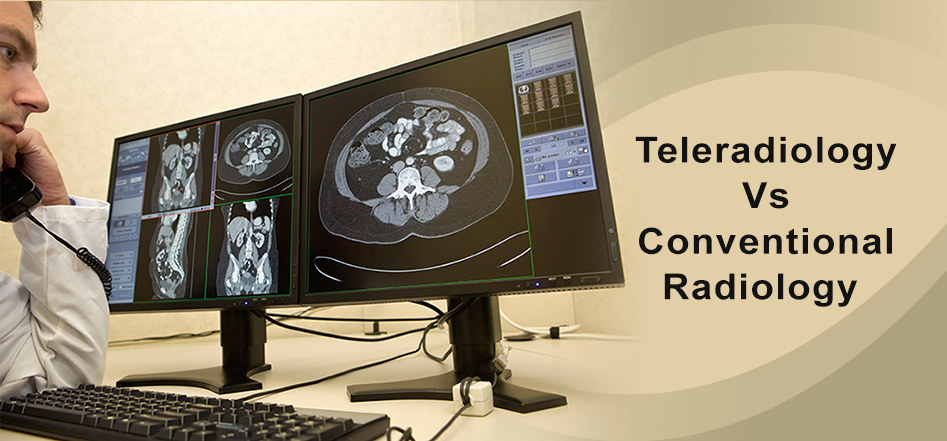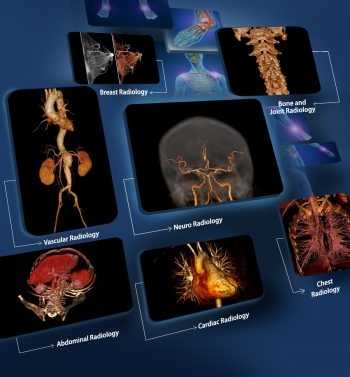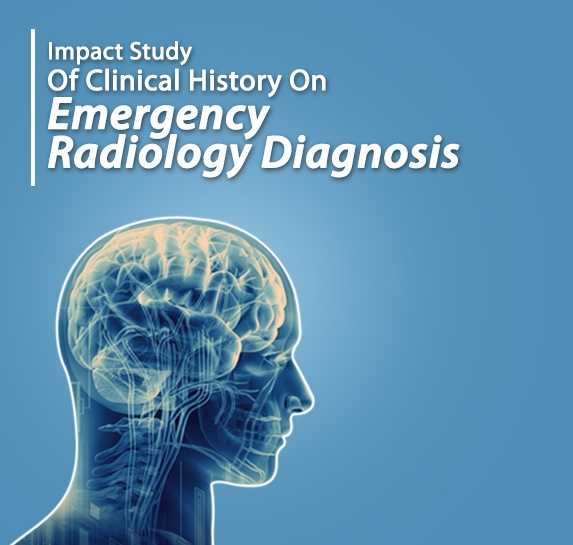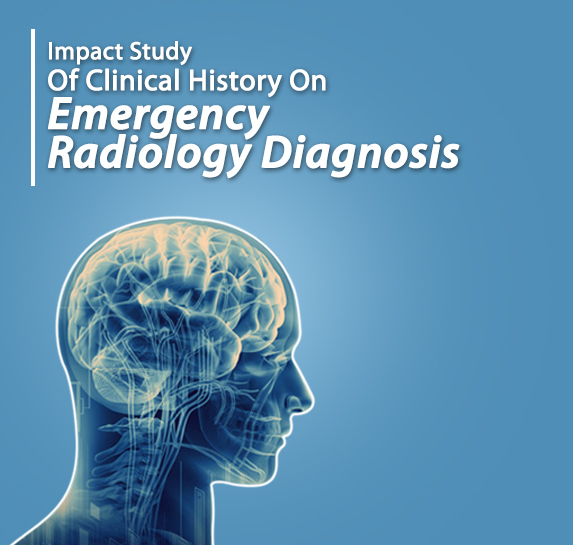Is Teleradiology Reliable Compared to Conventional Radiology?
The essential difference between both is the presence of radiologists on site. In conventional radiology practice, the radiologist is present physically at the site of imaging, whereas in teleradiology, the images are interpreted remotely by a radiologist who is not present at the site where the images are generated. Teleradiology improves patient care by allowing radiologists to provide services without actually having to be present at the location of the patient. This is most helpful in the emergency setting, such as at night, when there is no radiologist present at the hospital. This is also important when a subspecialist such as a musculoskeletal radiologist is needed. Since these professionals are often located only in metropolitan areas , this has the potential to create a delay in patient care. Teleradiology helps here by allowing for trained specialists to be available anywhere, at anytime.
Teleradiology services tend to be more focused on quality as they are held to a higher quality standard than onsite radiology groups. Best practices such as peer review, quality checks, accreditation by standards agencies and HIPAA compliance are all features of top teleradiology companies such as Teleradiology Solutions.
The services are complementary and one can not replace the other. However teleradiology has the advantage of time-zone difference and better coverage of remote geographical areas.
While the radiologist is not present on site in teleradiology, the level of communication still remains high between the radiologist and the hospital. For instance, in our work with US hospitals, even though we may be half a world away, our radiologists communicate telephonically in real time with the physicians at the hospitals to communicate critical results immediately.
In fact, many local radiology groups practice radiology from off-site, ie they provide services to 2-3 hospitals or diagnostic centers at the same time. And even within the hospital a lot of the communication between the clinician and the radiologist takes place over the telephone. So in the electronic age, with modern telecommunications, teleradiology is not really that much more remote or distant.









